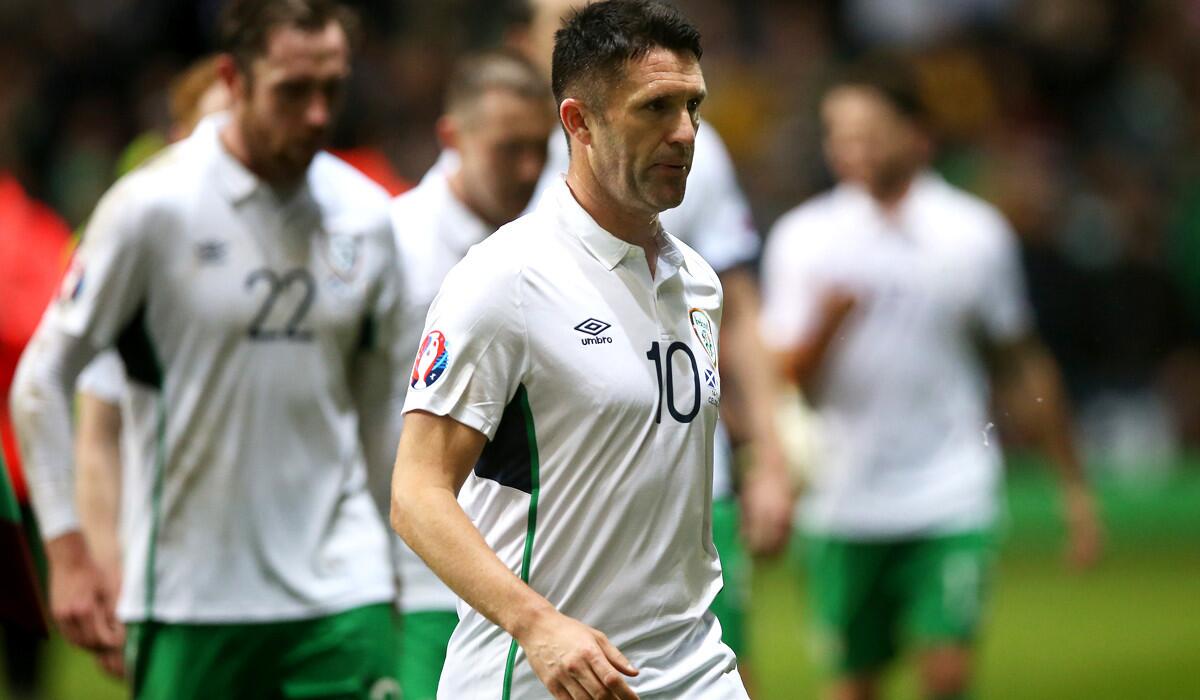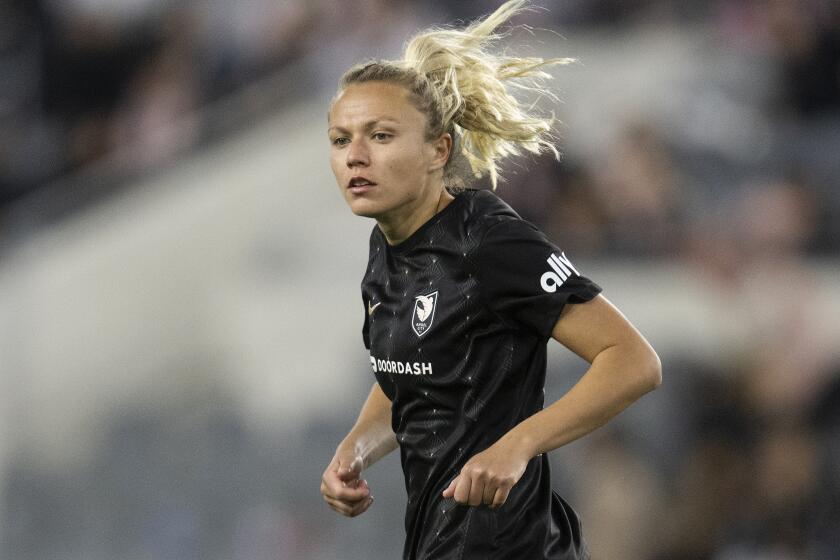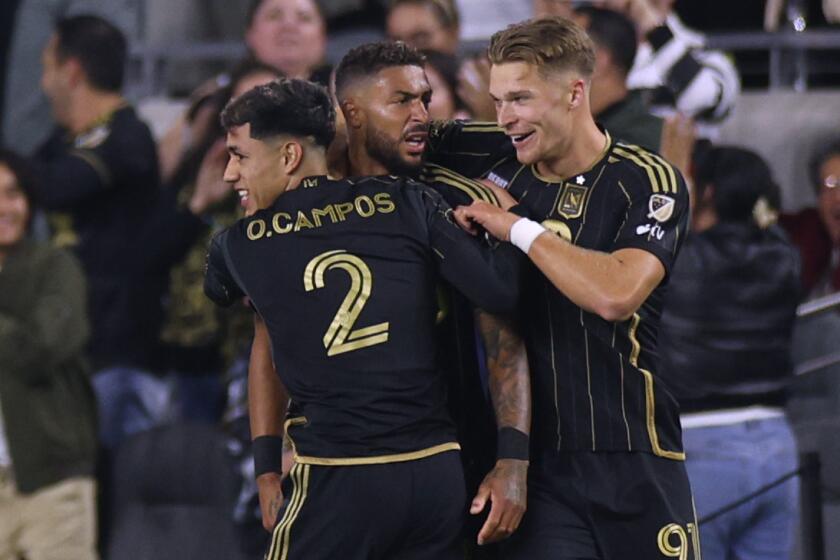In soccer, players are often torn between club and country

Had it been the Major League Baseball postseason, rather than the Major League Soccer playoffs, it would have been unthinkable that any star would risk injury to play for free with his national team, right?
Imagine the howls of protest in Kansas City this year if Royals outfielder Nori Aoki used the time off before the American League Championship Series to fly home for a game in his native Japan. Or if catcher Salvador Perez had spent the break with the Venezuelan national team.
Yet it happens in soccer all the time. This weekend, with the MLS playoffs paused for FIFA’s final international break of the year, 11 players from the four postseason clubs flew off to play for their countries in games as important as Euro 2016 qualifiers and as meaningless as friendlies.
And that seems to be fine with just about everyone. But as league seasons lengthen, international schedules expand and high-profile club teams try to balance their budgets through ever-more-ambitious exhibition tours, the line separating what’s acceptable from what’s insane is becoming blurred.
“You have to take care of the players’ interest first,” said Galaxy President Chris Klein, who split time between the U.S. national team and two MLS clubs during his playing days. “We want our players playing in the national team. But at the same time we’re paying them to play for the Galaxy and so we have to take care of the club’s interests as well.
“This is a conversation that goes on in clubs throughout the world. And has become a point of contention in a lot of different clubs.”
That’s partly because the club doesn’t always have a choice. Last week the Galaxy had to allow its captain, Robbie Keane, to make a pair of 11-hour flights to and from Ireland to play 12 minutes in a Euro qualifier with Scotland. And teammate A.J. DeLaGarza is playing two games for Guam in this week’s EAFF East Asian Cup tournament.
He’ll get back to Southern California three days before the Galaxy opens its two-game Western Conference championship series against the Seattle Sounders.
FIFA, the governing body for world soccer, schedules a number of international breaks each year during which clubs must release players for between two and five days to compete for their national teams. Most of the world’s top leagues schedule around those breaks so players don’t have to miss important club games to play for their country.
But MLS, which plays from the winter through the fall, is among the notable exceptions. So when 48 players were summoned for national team duty last month, their clubs were forced to play important playoff-race games without them. To untie that Gordian knot for the postseason, MLS observes the November FIFA break with a two-week pause of its own — an imperfect solution that robs the league and its teams of valuable momentum at the most crucial part of the season.
Still, non-competitive friendlies remain a sticking point with club and country often playing tug of war over players. Ultimately, however, if a national team wants somebody he must be made available, so last week five MLS players were called away from playoff preparation to travel to London, Japan or South America to play in exhibitions.
“When you have qualifiers, you have to go. Or you have some sort of tournament, you have to go,” said the Galaxy’s Landon Donovan, whose 157 appearances with the U.S. national team is second-most all-time. “But when you have friendlies…. guys that are playing in conference finals should not be going to play with their national teams. They should be preparing with their club teams.”
Especially because there’s no guarantee the players will come back from those practice games healthy. Star striker Daniel Sturridge, who is making more than $6.5 million with Liverpool this season, has missed all but three of the team’s Premier League games after straining a thigh playing for England in a September friendly. It was the third time he was injured on international duty in less than 18 months.
And Chelsea Coach Jose Mourinho says Diego Costa’s recent hamstring problems began when he was pushed through back-to-back games with the Spanish national team last month.
The fear that kind of overuse could become commonplace is a major concern. In 2013, for example, the U.S. national team played 10 World Cup qualifiers and six games in the CONCACAF Gold Cup. So if a U.S. national team player had been on an MLS club that made it to finals of the league championship, the U.S. Open Cup and the CONCACAF Champions League, he could have played in more than 70 games, not including national team friendlies, in less than 11 months.
It’s even worse for some of the European super clubs, whose huge payrolls make long, exhausting but lucrative tours of the U.S., Asia or Africa necessary. England’s Manchester United, which spent $245 million in the summer transfer window, has said it is even considering playing midweek overseas exhibitions during the EPL season to balance its books.
For the Galaxy’s Klein, the solution to the madness is moderation, not a mandate, with room made in the schedule for both club and country as each is equally important to the players and the game.
“This is one of the beautiful parts of our sport,” he said. “We have different dynamics [in soccer]. And this has happened throughout the world for as long as soccer has existed.
“The honor of representing your country in the sport that we love is something that you never really turn down.”
Twitter: @kbaxter11







